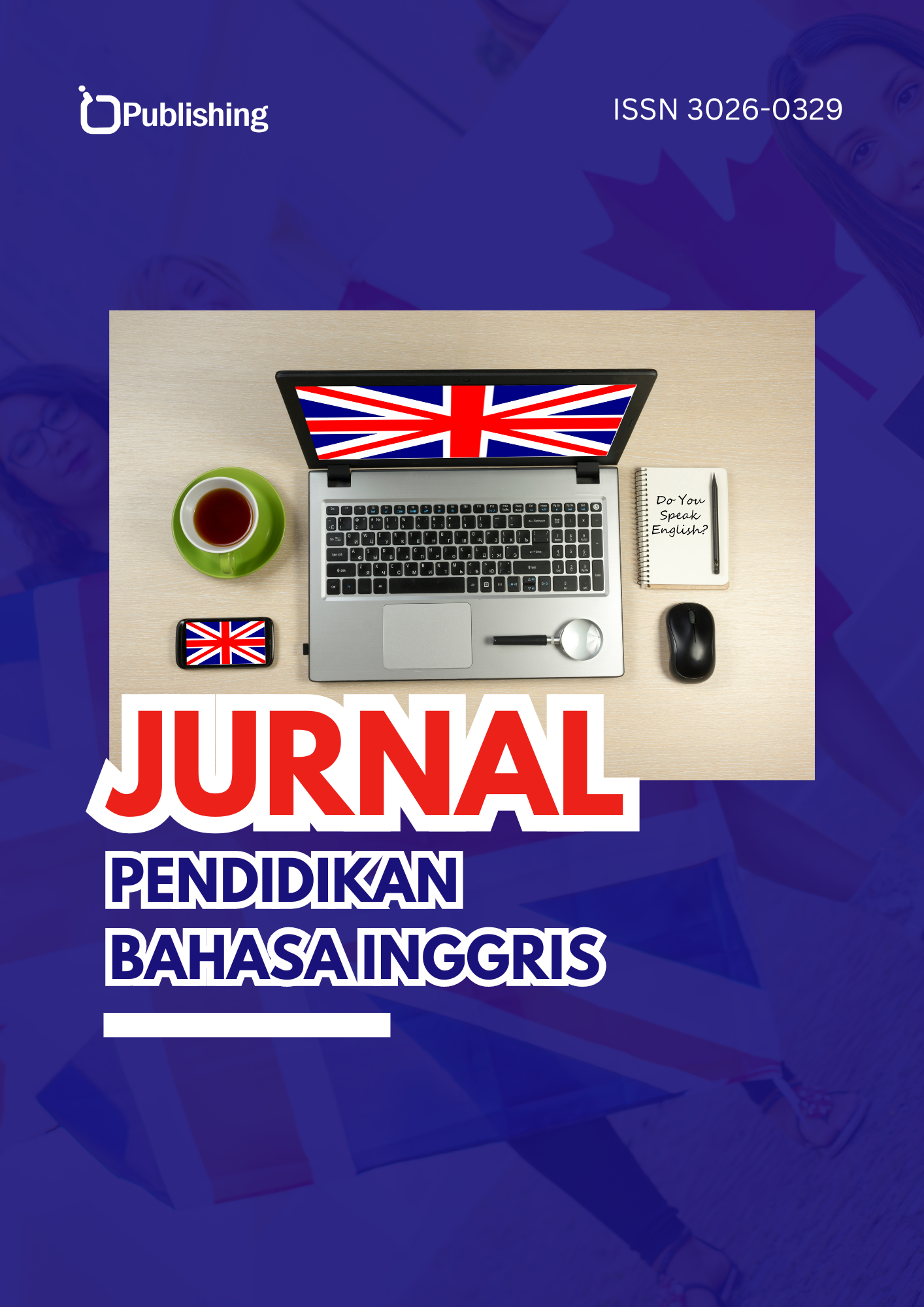Coverage of National Spirit and Expression in the Translations of Uzbek Stories and Narratives
DOI:
https://doi.org/10.47134/jpbi.v2i1.897Keywords:
artistic translation, “The Naughty Boy”, National Colorit, realities, phraseological units, author’s style, character speechAbstract
This article explores the problems of reflecting the national spirit and specific modes of expression in the process of translation using the example of the English translation of the famous work of the Uzbek writer Gafur Ghulam “The Naughty Boy”. During the study, a comparative analysis of the text of the original work and its translation is carried out, assessing such aspects as the main criteria that determine the quality of translation - the preservation of the plot and composition, the issuance of national realities and phraseological units, the author’s style and the degree of reflection of the individuality of character speech. According to the results of the analysis, although the general content and artistic features of the work have been successfully restored in the translation of “The Naughty Boy”, problems are visible in the translation of certain national features, including realities, folk proverbs and phrases characteristic of the Uzbek lifestyle and mentality.
References
Ashurova, D. (2014). Methods of eliminating linguistic and cultural differences in the
process of translation. Issues of Philology, 3, 24-29.
Azizov, S. (2020). Challenges in finding English equivalents for Uzbek proverbs.
Abdullaeva, D. Z. (2020). The parables of genesis, typology and functional analysis in the examples of uzbek select literature works. International Journal of Scientific and Technology Research, 9(4), 1093–1096. https://www.scopus.com/inward/record.uri?partnerID=HzOxMe3b&scp=85083483722&origin=inward
Bayram, B. (2019). The work of Zarif Beşir titled “Uzbek Literature”: Perspective-content examination. Turkbilig, 38, 31–42. https://www.scopus.com/inward/record.uri?partnerID=HzOxMe3b&scp=85079287729&origin=inward
Ghulam, G‘. (2018). That's a boy. English translation. Tashkent: Youth publishing house.
Hakimov, M. (2013). Artistic translation and literary relations. Tashkent: Science and
technology.
Kabilova, Z. (2020). The issue of characters' speech in the translation of «”Shum Bola»”.
Current issues of translation studies, 2, 112-118.
Kahramonov, K. (2020). Principles of renewal in Uzbek literature and criticism. Journal of Advanced Research in Dynamical and Control Systems, 12(2), 2652–2658. https://doi.org/10.5373/JARDCS/V12I2/S20201317
Khashimova, D. (2021). The role of electronic literature in the formation of speech skills and abilities of learners and students in teaching Russian language with the Uzbek language of learning (on the example of electronic multimedia textbook in Russian language). Journal of Language and Linguistic Studies, 17(1), 445–461. https://doi.org/10.52462/jlls.28 DOI: https://doi.org/10.52462/jlls.28
Kodirova, M. (2010). Problems of translating works of Uzbek classical literature into English.
Dissertation written for the degree of candidate of philological sciences. Tashkent.
International Journal of Innovative Technology and Exploring Engineering, 9(4), 1765-1768.
Musaev, Q. (2005). Fundamentals of translation theory. Tashkent: Science.
Mizrabova, J. (2019). Translations of William Shakespheare’s tragedy “hamlet” in Uzbek literature studies. International Journal of Innovative Technology and Exploring Engineering, 8(9), 1546–1550. https://doi.org/10.35940/ijitee.I3323.0789S319 DOI: https://doi.org/10.35940/ijitee.I3323.0789S319
Pinto-DelaCadena, P. A. (2024). A Comparative Analysis of Multi-Criteria Decision Methods for Personnel Selection: A Practical Approach. Mathematics, 12(2). https://doi.org/10.3390/math12020324 DOI: https://doi.org/10.3390/math12020324
Rahimov, G. (2016). Problems of national character in translation. Tashkent: Academic Publishing House.
Sattorova, G. (2021). The problem of character speech individualization in literary translation. Foreign Philology, 4, 92-101.
Salomov, G‘. (1983). An Introduction to Translation Theory. Tashkent: Teacher.
Toth, L. (2024). Comparative Analysis of ActiGraph Step Counting Methods in Adults: A Systematic Literature Review and Meta-Analysis. Medicine and Science in Sports and Exercise, 56(1), 53–62. https://doi.org/10.1249/MSS.0000000000003282 DOI: https://doi.org/10.1249/MSS.0000000000003282
Umida, S. (2019). Special genres in Korean and Uzbek literature: Their similarities and specific features. International Journal of Scientific and Technology Research, 8(12), 1264–1268. https://www.scopus.com/inward/record.uri?partnerID=HzOxMe3b&scp=85077341390&origin=inward
Yan, M. (2024). Comparative efficacy of non-invasive brain stimulation for post-stroke cognitive impairment: a network meta-analysis. Aging Clinical and Experimental Research, 36(1). https://doi.org/10.1007/s40520-023-02662-x DOI: https://doi.org/10.1007/s40520-023-02662-x
Yusupov, U. (2019). Reflecting national realities in literary translation. Bukhara: Bukhara State University.
Downloads
Published
How to Cite
Issue
Section
License
Copyright (c) 2024 Khalimova Nilufar Abdukhafizovna

This work is licensed under a Creative Commons Attribution 4.0 International License.










